This is part of a series of essays about the First World War casualties commemorated by the Commonwealth War Graves Commission in New York.
Able Seaman Thomas Drinkwater, Royal Navy
Leading Seaman William Stephen Charles Henry Fenton, Royal Navy
Scullion William Bertram Parr, Mercantile Marine Reserve
(and Private Reginald Francis Farley, Royal Marine Light Infantry)
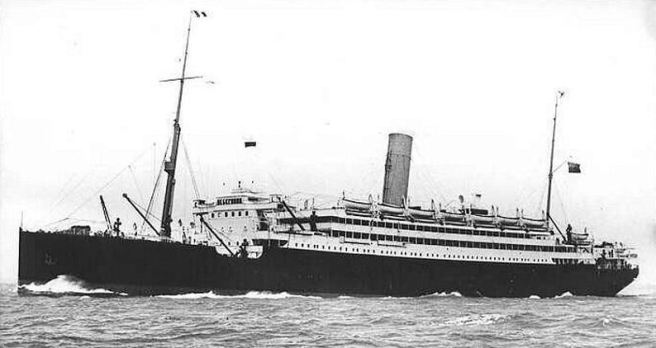
In October 1918 two armed merchant cruisers—HMS Andes and HMS Alsatian—came alongside within days of each other and tied up at Pier 95 on the Hudson River near 55th Street. One crewman from HMS Alsatian had died as she approached the United States and a Marine in HMS Andes would die as she left United States waters. While the ships were in New York, five other crewmen died. All were victims of influenza.
HMS Andes was an ocean liner built in 1913 for the Royal Mail Steam Packet Company. She was requisitioned in March 1915 and fitted with six 6-inch guns. Andes spent most of the war in 10th Cruiser Squadron, on the Northern Patrol, on duties around the Faeroe Islands and Iceland. On the morning of 29 February 1916, HMS Andes, in company with HMS Alcantara—her sister ship and also requisitioned for use as an armed merchant cruiser—and four Royal Navy ships met the German merchant raider SMS Greif, which was intending to enter the Atlantic. In the engagement that followed, HMS Alcantara exchanged fire with SMS Greif, before HMS Andes joined the action at 10.27am, hitting the Greif with a number of shots and causing her to sink. Alcantara and Greif were both lost with 280 German and 74 British sailors. The survivors were picked up by HMS Andes and the destroyer HMS Munster. Leading Seaman Fenton and Able Seaman Drinkwater were involved in this action.
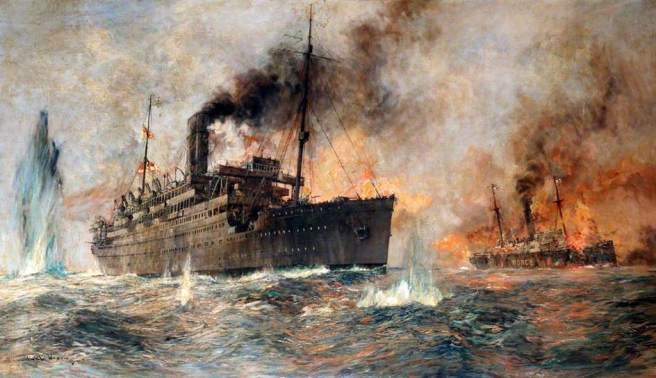
On 20 December 1917 HMS Andes left Liverpool for Murmansk, where she was engaged in supporting operations until sailing for Scapa Flow on 14 January 1918. After a period of time in British waters, she then began a single crossing to and from Halifax in Canada before sailing for Rio de Janeiro on 6 April. She returned to the United Kingdom, to Avonmouth on 27 June.
After one more sailing to Rio de Janeiro, HMS Andes departed Avonmouth for New York on 22 September. On 3 October she sailed up the Hudson River and came alongside at Pier 95 at 55th Street, where she was joined a few days later by HMS Alsatian.
Over the next few days the ship’s sick list increased considerably and those with influenza were sent to three hospitals in the area: Brooklyn Navy Yard Hospital, Kingston Avenue Hospital, and Willard Parker Hospital.
On 10 October, Carpenter’s Mate Prichard and Able Seaman Drinkwater were sent to hospital. The first of the crew to succumb to the epidemic was Able Seaman Drinkwater, who died of pneumonia in the early afternoon of 15 October. Prichard survived and rejoined the ship. On 17 October, Scullion William Parr, Mercantile Marine Reserve, also died of pneumonia.
Both of these men were buried with full honours, provided by a funeral party from HMS Andes, in the Seamen’s Church Institute plot in the Evergreens Cemetery. There are 11 other CWGC burials in this cemetery.[1]
On 20 October, HMS Andes cast off and departed New York for Liverpool, leaving a number of men in hospital. At 3.45pm on 23 October, as she made way in the North Atlantic, Private Farley, Royal Marine Light Infantry died of pneumonia. He was ‘committed to the deep’ the following afternoon 300 miles south-east of Saint Pierre and Miquelon. Andes arrived safely in Liverpool on 31 October.
In New York, the condition of Leading Seaman Fenton worsened and he died on 26 October. He was buried in Cypress Hills National Cemetery.
Able Seaman Thomas Drinkwater
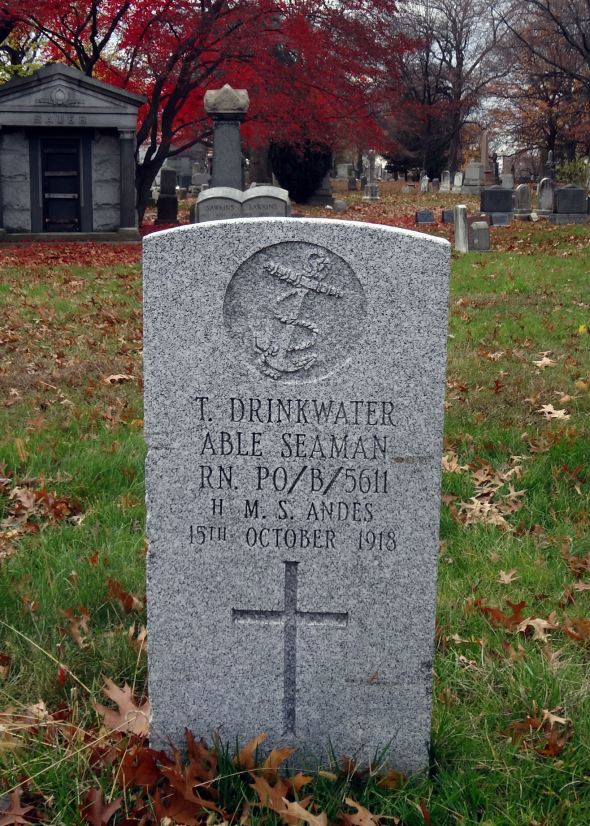
Thomas Drinkwater was born on 12 August 1889 in Leicester, the son of Thomas and Eliza Drinkwater.[2] Both of his parents worked in a shoe factory and Thomas became a painter.
He enlisted at Portsmouth into the Royal Navy on 8 October 1907 for a term of five years, and seven years in the Royal Fleet Reserve, and was allocated the number SS/2148. After a period of training at the shore establishment HMS Victory, and on the cruiser HMS Argonaut, he joined the armoured cruiser HMS Duke of Edinburgh on 1 April 1908. He was rated ‘Able’ on 17 November 1910. He joined the gunnery training ship HMS Revenge at Portsmouth on 19 March 1912 and was discharged from his period of engagement on 6 October, when he transferred to the Royal Fleet Reserve.
As far as can be ascertained, he returned to Leicester until the outbreak of war when he was mobilised. After two days in Portsmouth receiving equipment, he joined the cruiser HMS Sappho on 14 August—Sappho had been converted for use as a minelayer and Able Seaman Drinkwater spent the first few months of the war in the waters around the British Isles. He went ashore for gunnery training in February 1915 and on 17 November he joined the armed merchant cruiser HMS Andes as one of the ship’s gunners.
He was granted leave in the spring of 1918 and it was in this period he married Martha Bromley; the couple had a home at Peter’s Lane in Leicester.[3]
Able Seaman Drinkwater died of pneumonia in the early afternoon of 15 October 1918 in Kingston Avenue Hospital, Brooklyn. He was buried in the Seamen’s Church Institute plot in The Evergreens Cemetery, in Grave 42.
No names are inscribed on Leicester’s war memorial but Thomas Drinkwater is commemorated in the ‘Roll of Honour of the Men of Leicester and Leicestershire in the Great War, 1914-1919’.
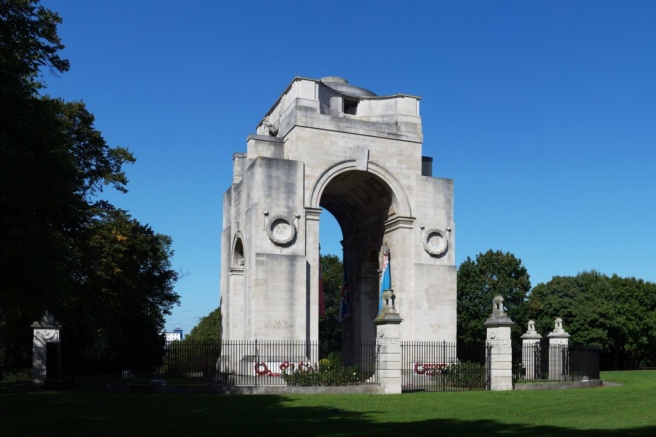
His medals group comprises the 1914-15 Star, British War medal 1914-20 and Victory Medal.
Leading Seaman William Stephen Charles Henry Fenton
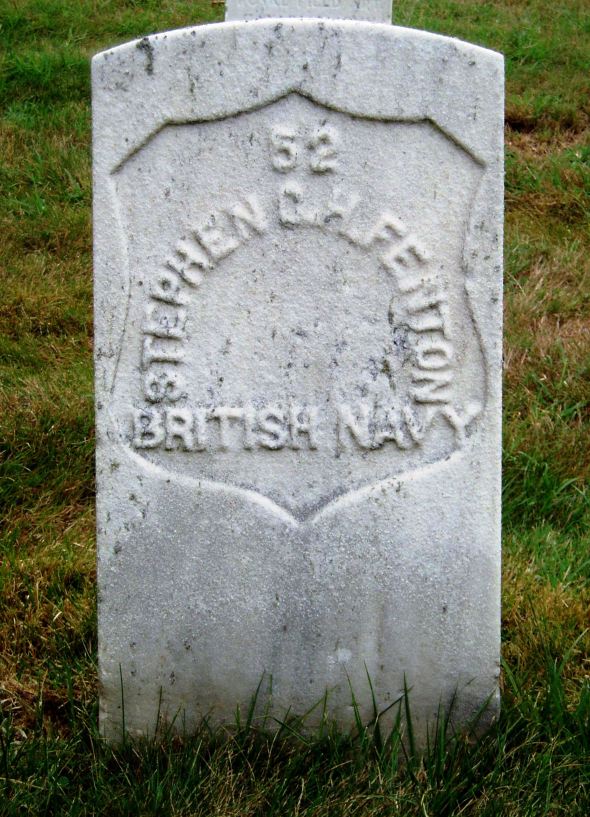
William Stephen Charles Henry Fenton was born on 17 June 1884 in Southwark, London. Little is known of his early life or his family. He enlisted into the Royal Navy as a Boy Seaman on 21 August 1900, aged 16; he was numbered 211131.
After a period of initial training on the school ship HMS Impregnable at Devonport and the training ship HMS Agincourt, he joined the battleship HMS Canopus in the Mediterranean Fleet in January 1902. Six months later, on his 18th birthday he became an Ordinary Seaman. With Canopus about to be paid off, he transferred to HMS Venerable in January 1903, where he was rated ‘Able’. From August 1904 he spent a considerable time ashore and at training establishments until he joined the cruiser HMS Forte in August 1908.
Sometime around then he married and he and his wife, Alice, had a daughter, Nora Winifred, in 1909.[4] Little is known about his family, other than they lived in Portsmouth.
In August 1912 Able Seaman Fenton joined the cruiser HMS Minerva and on this tour was promoted to Leading Seaman. His final months were spent ashore before he transferred to the Royal Fleet Reserve in June 1914.
The outbreak of war resulted in his recall and he joined the cruiser HMS King Alfred in the Grand Fleet. From October 1914 he undertook a period of gunnery training before joining HMS Andes in command of one of her gun crews in April 1915.
Leading Seaman Fenton died of pneumonia on 26 October 1918, aged 34. He was buried in Cypress Hills National Cemetery, Section 2S, Grave 52. His grave, in the southernmost part of the cemetery alongside Jamaica Avenue, is marked with a United States National Cemetery Marker inscribed ‘Stephen C. H. Fenton, British Navy ‘. He is commemorated on the Portsmouth City Memorial at the Cenotaph in Guildhall Square.
His medals group comprises the 1914-15 Star, British War medal 1914-20 and Victory Medal.
Scullion William Bertram Parr
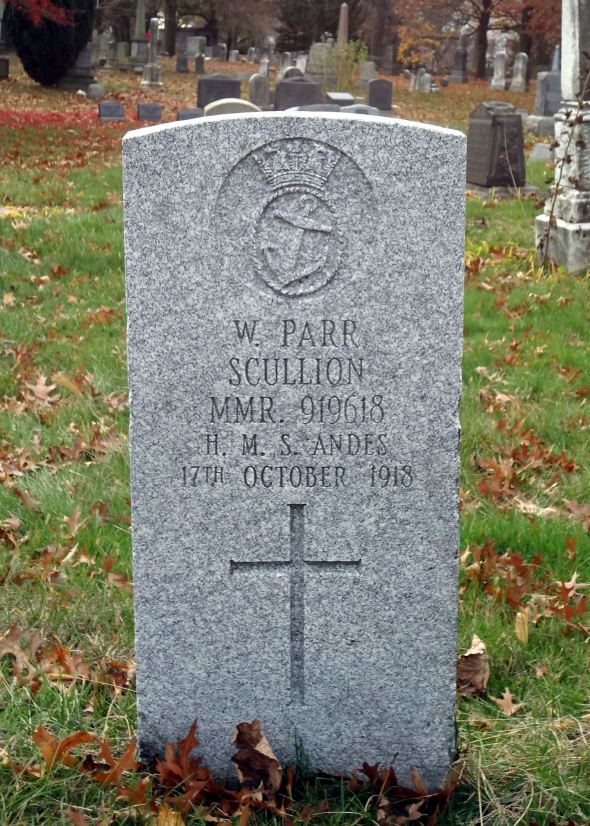
William Bertram Parr was born in 1898, the eldest child of the five children of William and Hannah Parr.[5] His father was a painter.
Nothing is known of his service as a seaman, other than his enrollment into the Mercantile Marine Reserve as a scullion in HMS Andes, and the allocation of the number 919618. His employment as a scullion placed him at the very bottom of the pecking order that was a ship’s crew. His menial work—washing and cleaning, largely in the galley—was never-ending and dirty.
William Parr died of pneumonia on 17 October 1918, aged 20, in Willard Parker Hospital and was buried in the Seamen’s Church Institute plot in The Evergreens Cemetery, Brooklyn, in Grave 48. He is commemorated on Panel 53 of the Roll of Honour of Liverpool’s Military War Dead in the Hall of Remembrance at Liverpool Town Hall.
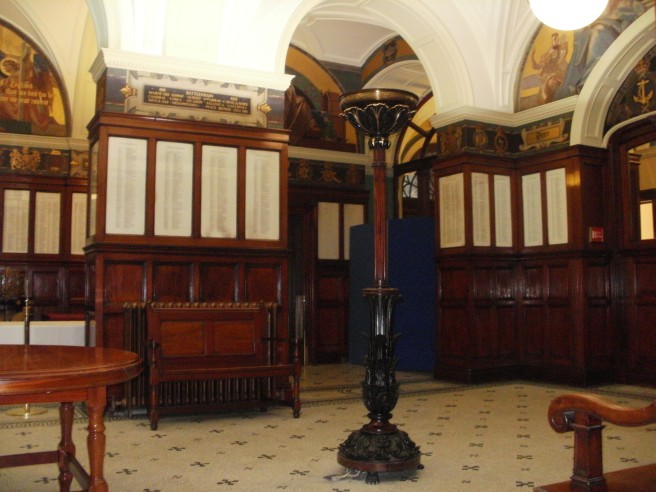
His medals group comprises the British War Medal 1914-20 and the Mercantile Marine Medal.
Private Reginald Francis Farley
Reginald Francis Farley was born in Colwall, Herefordshire on 19 April 1899, the youngest of the two sons of George and Mary Farley.[6] After he left school, he worked as a baker’s assistant.
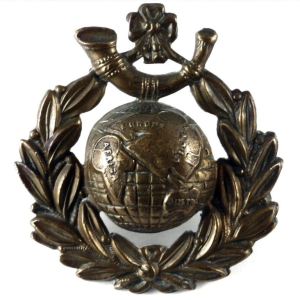
He enlisted into the Royal Marine Light Infantry on 16 May 1916 (numbered PO/19364). He conducted his recruit training at the Depot at Deal before finishing his training at Portsmouth; he was held there until he had turned 18 and, having qualified as a ship’s gunner, joined HMS Andes on 14 August 1917 at Liverpool.
Private Farley fell ill with influenza while the ship was in New York and developed pneumonia. At 3.45pm on 23 October, after HMS Andes had left port, he died, aged 19. He was ‘committed to the deep’ the following afternoon 300 miles south-east of Saint Pierre and Miquelon.
One of the ship’s officers wrote to his father: “He was very patient through it all. I always found him smart, trustworthy, willing and everything a Marine should be.”[7]
Private Reginald Farley is commemorated on the Portsmouth Naval Memorial and on the war memorial at the Church of Saint James the Great at Colwall, near Malvern. The Rector of Colwall, Dr Charles Harris, whose son, Second Lieutenant Charles Noel Harris, was killed in action in Mesopotamia on 21 April 1917, composed ‘The Supreme Sacrifice’, the tune most commonly associated with the hymn ‘O Valiant Hearts’.
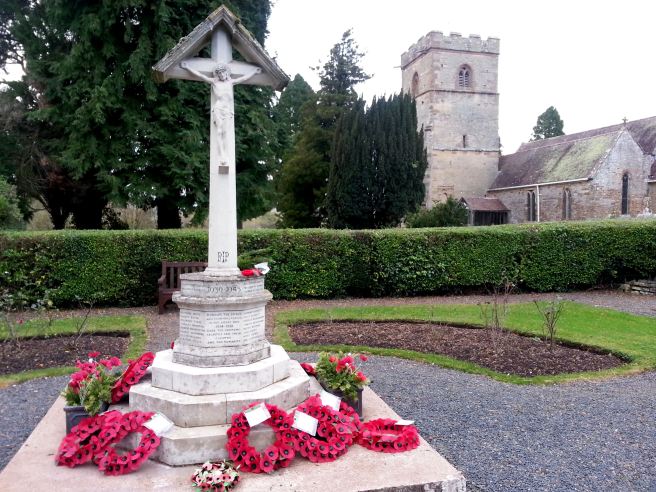
His medals group comprises the British War Medal 1914-20 and the Victory Medal.
His brother, Frederick, served with 8th (Service) Battalion, The King’s (Shropshire Light Infantry) (16640, Private) in 66th Brigade, 22nd Division in France and Salonika. He was discharged in February 1919.
Acknowledgement:
Cedric Hays at Badges of the World for the badge of the Royal Marine Light Infantry
William P. Gonzales for the photographs of graves in Evergreens Cemetery.
Karen Metcalfe for the photographs of Colwall war memorial.
The War Graves Photographic Project for the photograph of the grave of Leading Seaman Fenton.
1. (Back) See also: Serjeant George Birkenhead, Trimmer John Walter Bowles, Private William Richard Eveleigh, Leading Seaman William Charles John Geeves, Trimmer Percy Hyett, Able Seaman Patrick McDonagh, Stoker 1st Class Henry John Gardner Miller, Leading Seaman Sydney Stephen Milliner, Fireman Low On, Stoker 1st Class Alfred Weeden, and Leading Seaman Sam Gordon Wills.
2. (Back) Thomas Drinkwater (1870-1952) married Eliza Bunney (1872-1936) in 1890: Frank (1892-1931).
3. (Back) Martha Drinkwater (1892-1969) later remarried, Charles Daley (1890-1957), in 1928. She and Thomas Drinkwater had no children (born just before he died, an infant daughter, Irene Milicent, died in early 1919).
4. (Back) Nora Winifred Fenton was born on 24 December 1909, married (Frederick Edmund George Hide) in 1933, and died in Portsmouth in 1994.
5. (Back) William Parr (1879-NK) married Hannah Beatrice Chipchase (8 October 1878-9 December 1936) on 2 August 1897: Winifred (1900-NK); Thomas (1902-NK); Hannah (1906-NK); and Amy (1911-NK).
6. (Back) George John Farley (1865-1947) married Mary Ann Woodward (1856-1927) on 23 July 1887: Frederick George John (1892-1961).
7. (Back) (16 November 1918). Ledbury Guardian & Herefordshire Advertiser.



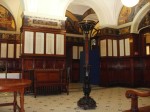
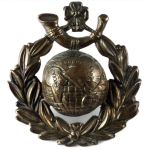
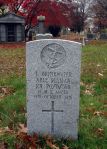
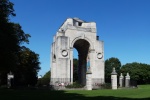
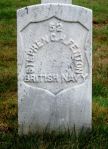
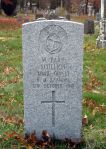
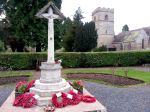
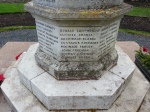
Item 3. Thomas Drinkwater & Martha Bunney had a daughter Irene Milicent in 1918. She died in 1919
LikeLike
Thank you for the update. Footnote amended. That small fact adds to the tragedy.
LikeLike